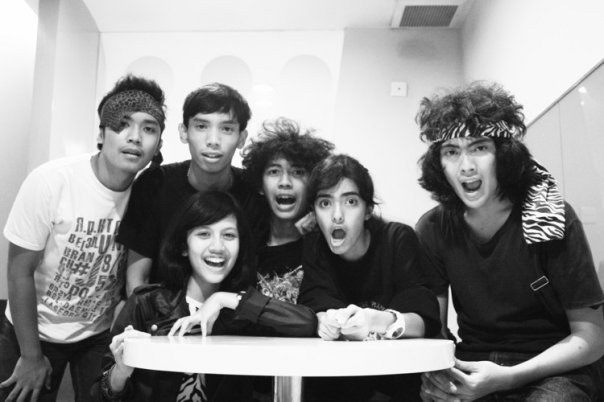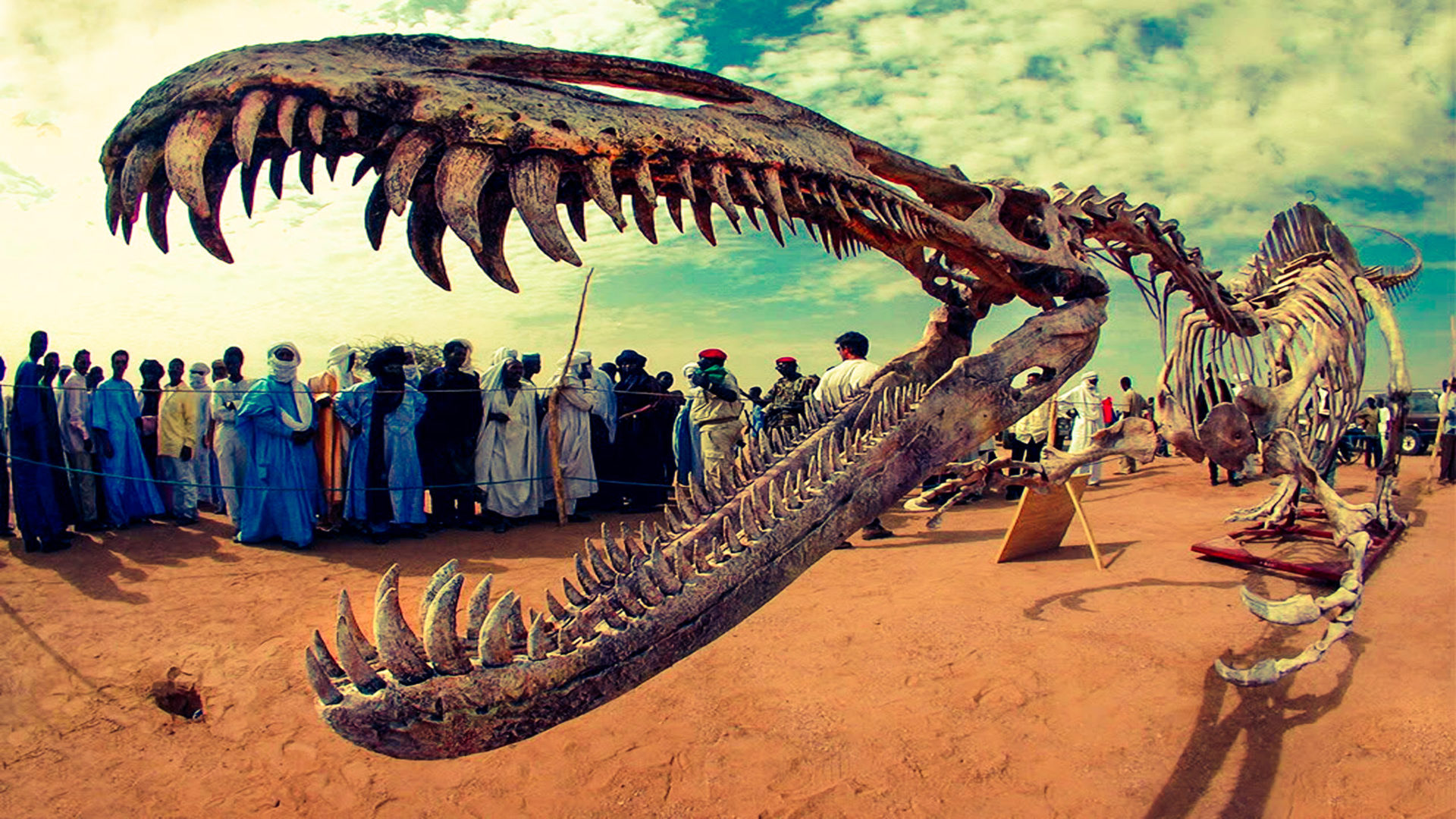My son, four years old, loves dinosaurs and fossils. We dug out some fake fossils recently. He knows their names, their sizes and what they ate. He also understands they are dead.
Dinosaurs did not make it because they were not able to adapt fast enough after a major disruption. Like Darwin said: “It Is Not the Strongest of the Species that Survives But the Most Adaptable”.
The same thing happens to organizations. Very strict and structured organizations will not survive in this rapidly changing world. When fossilization happens to organizations first they start to degrade, rot and smell. People are pushed into job descriptions and then everybody is surprised that they have lost their passion.

But the context in which organizations nowadays live is the opposite of fossilization. It’s all about creating speed, agility and elasticity. It’s about connecting people from all over the world and share knowledge. It’s about building customer relationships and setting up communities.
Organizations are not self-sufficient entities anymore, their boundaries have become permiable. They depend on other organizations, professionals and customers to stay meaningful. To be able to adapt, companies need a diversified workforce and regularly introduce new people to generate ideas and change old patterns. People need to connect, share their ideas and create new opportunities. Organizations need social technology.
I’ll give an example. Microsoft changed it’s behavior dramatically: nowadays they are actually interested in what their partners and customers think of their products, and then act upon it. I’m now part of one of their product developing groups. The team who builds ASR (Azure Site Recovery) has setup an Office 365 Team Site and uses Yammer to communicate very directly to us. The Microsoft team shares new (secret) product info, 42 participants from all over the world share their thoughts and ideas on this. The product grows.
Another example. In the company I work for people who are motivated to add value to our customers use social technology to find likeminded (= not fossilized) people and start working together. They discuss problems, share new ideas, give compliments and share successes. .
Ofcourse more then just technology is needed to prevent the fossilized, strict and structured organization from dying. It is important to have an adult working relationship between an employee and employer. Employees are worthy of trust, they should be motivated to bring their own voice and somewhat behave like entrepreneurs. Managers become connectors to make change happen. This will create serendipity, which is highly needed to survive in this chaotic world. To survive in chaos you need some chaos (= creativity and entrepreneurship).
Therefor I say: social technologies is a vital catalyst for an organizational transformation.

I used to think that if you want change to happen in organizations, around 80% of this paradigm shift depends on a change of people and culture. And 20% is new technology. But it is interesting to see how far you can come just by introducing social technologies.
Now I got two questions for you. I gave you some examples about what I see happing around me. What about you?
- What kind fluid, elastic, agile behavior do you see in your organization on an executive-, mgmt.- and employee level?
- What can you do to promote this behavior?
Let me know!
